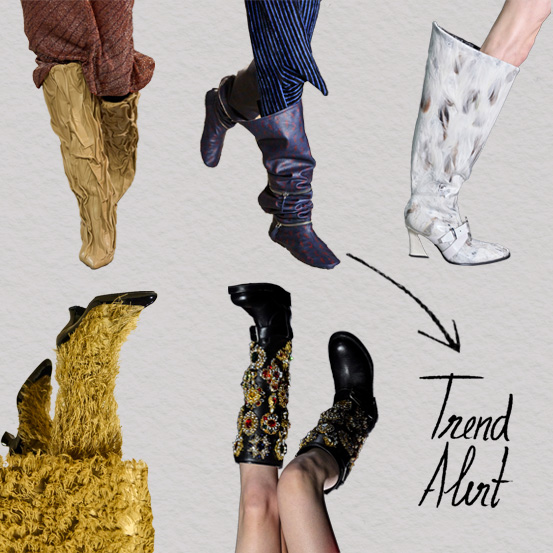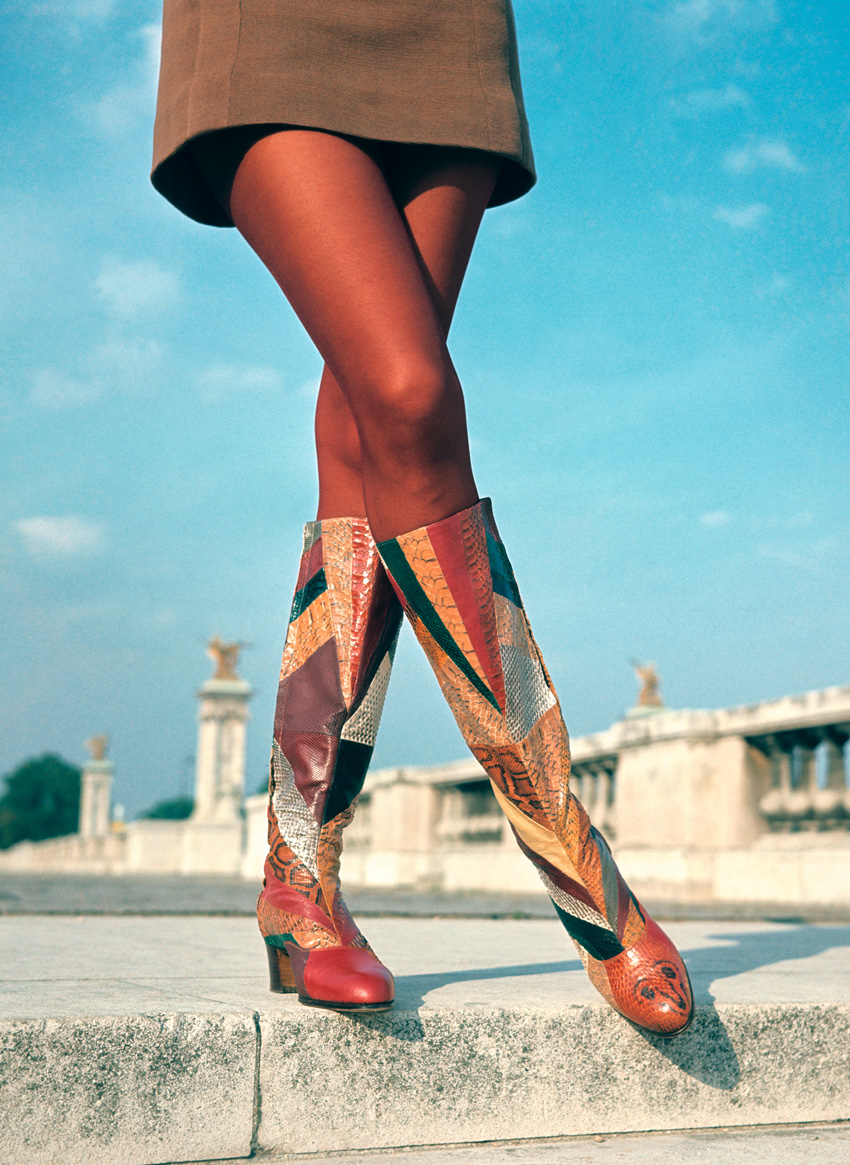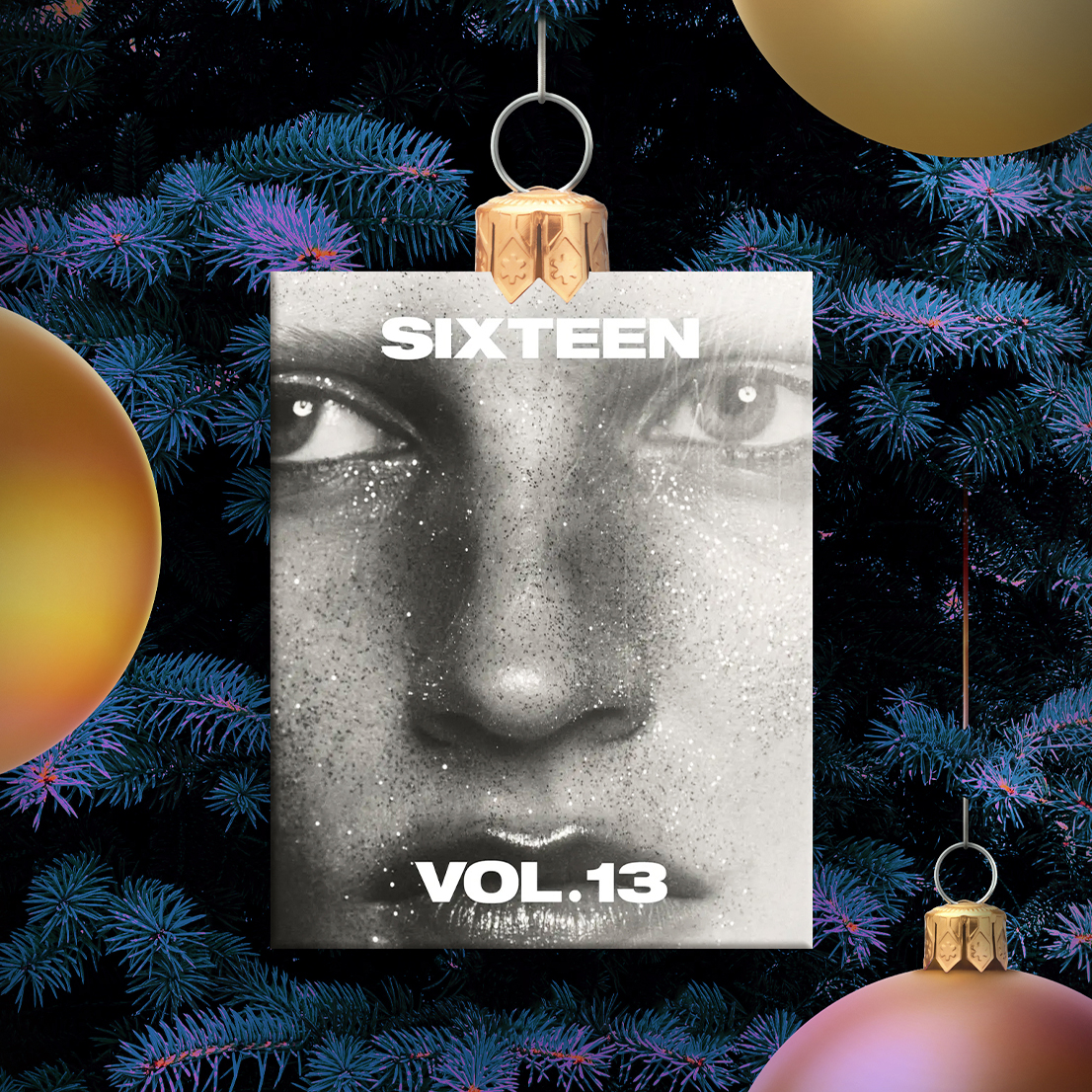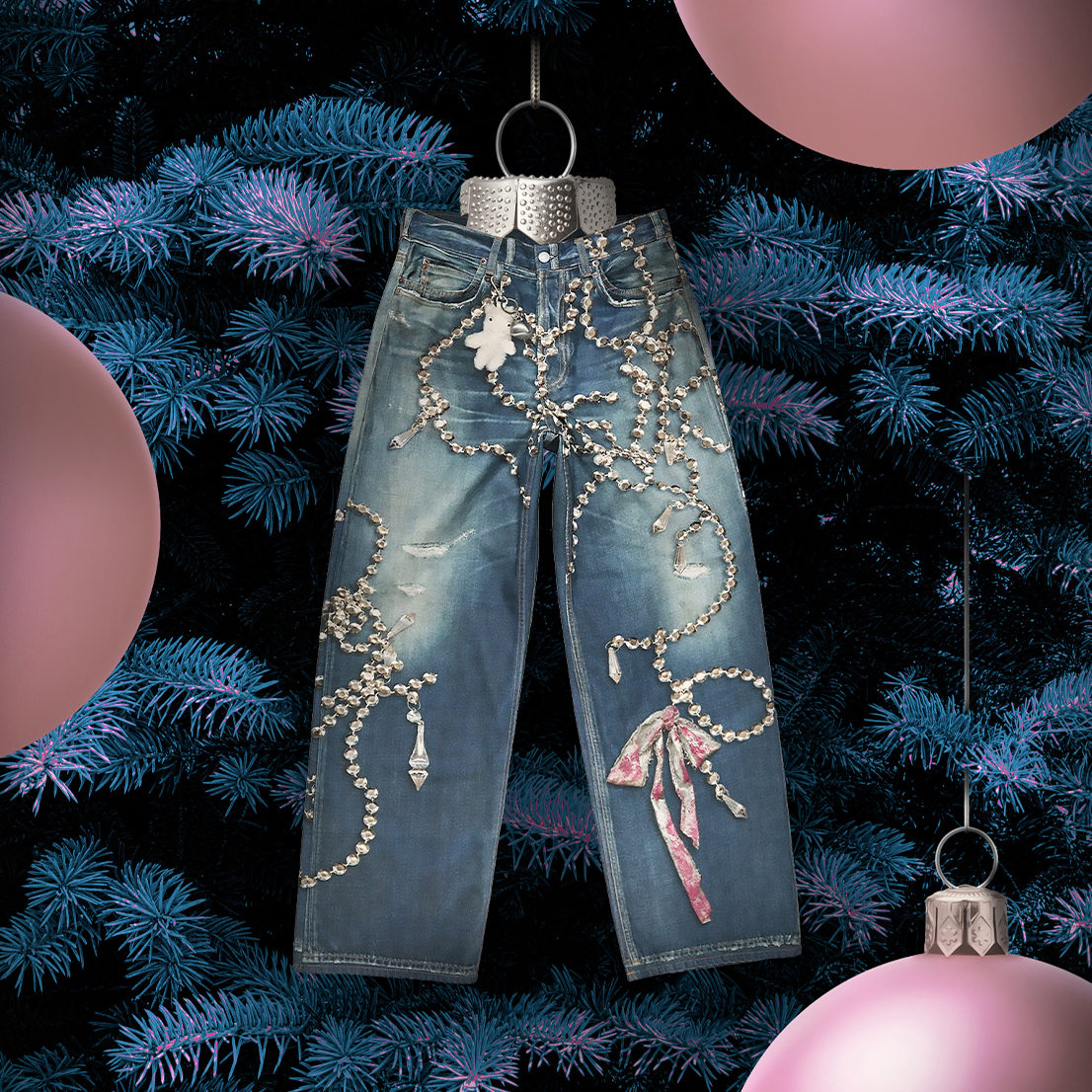Fernando Sanchez for Revillon, in an editorial for Vogue US.
From the simple clothes of the first humans to the innovative creations of contemporary Haute Couture, Fashion continues to transform, adapting to the changing times and influencing society in profound ways. This retrospective of the great moments of the fashion world is not just a journey, it's a tour from the Middle Ages to the present day.
Fashion and Status
During the Middle Ages, fashion became a strong indicator of social status, so the nobility wore luxurious fabrics such as silk and velvet, while the peasants wore simpler clothes made of wool and linen, a practice that went beyond a mere question of position and access to materials: sumptuary laws regulated who could wear certain fabrics and accessories, reinforcing class divisions. The crusades also introduced new fabrics and styles from the Middle East to Europe, contributing to this paraphernalia of choice.
Cradle of Luxury
The 17th century saw the emergence of the Baroque style in fashion, marked by extravagance and ornamentation. France, under the reign of Louis XIV, became the epicenter of European fashion, with elaborate costumes, rich fabrics and opulent accessories. Women wore voluminous skirts supported by paniers and decorated bodices, while men adopted coats, short trousers and voluminous wigs.
Fun Fact: In the 16th century, heels were a symbol of masculinity and were predominantly worn by aristocratic men. It wasn't until the 17th century that women began to incorporate high heels into their fashion.
The Age of Silhouettes
The Industrial Revolution had a profound impact on fashion, making clothes more affordable through mass production. The beginning of the 19th century brought the empire style, with high-waisted dresses. As the century progressed, skirts became wider, reaching their peak with the crinolines of the 1850s and 1860s.
Fun Fact: Did you know that Charles Frederick Worth, the father of Haute Couture, was the pioneer of seasonal collections and fashion shows in the 19th century?
Roaring Twenties
In the 1920s, the flapper style brought short, straight dresses, and Coco Chanel popularized the Little Black Dress. In October 1926, American Vogue described the “little black dress” as a “uniform for all women of good taste”. Called “Chanel's Ford” (because, like the automobile brand's Model T, it was elementary and accessible to all classes), the garment was simple and democratic, becoming a classic in women's closets. This dress not only reinvented “the color of mourning”, but also redefined what women could wear, symbolizing liberation and modernization.
Fun Fact: After the Great War, women looked for more comfortable clothes, abandoning corsets and voluminous skirts. It was at this time that sportswear began to gain popularity. Well, long before today's athleisure, Frenchman Jean Patou was already adapting sportswear fabrics and shapes for Haute Couture.
Ode to Women
The Second World War brought rationing of fabrics and simplicity in clothing. After the war, Christian Dior's New Look in 1947 reintroduced voluminous skirts and well-marked waists, propelling a 1950s dominated by Hollywood glamor, with icons like Marilyn Monroe and Audrey Hepburn setting trends.
Fun Fact: Invented in 1946 by Louis Réard, the bikini - a swimsuit so small it could fit in a matchbox - was initially considered a “sin” and banned in several countries. Paraded for the first time by dancer Micheline Bernardini in Paris, it has since become an icon of female liberation and cultural transformation. It was popularized by figures such as Brigitte Bardot and Carrie Fisher.
The “Uniform of the World”
Created in 1873 by Jacob Davis and Levi Strauss, jeans were initially designed for workers, such as miners, who needed durable clothing. Their rise to fashion icon status began with the Youthquake movement, promoted by Vogue US in 1965, which celebrated individuality and the influence of the streets. In 1971, Vogue already considered the “blue denim look” to be “the uniform of the world”. Jeans have become an American symbol and a desired item in every closet.
Fun Fact: Today, the small extra pocket on Levi's jeans is used for coins and other small items, but originally, in the 19th century, it was used to store cowboys' pocket watches. They used to wear them on their vests, but the pockets didn't protect the watches well. Levi's created this pocket to solve the problem, ensuring that the watches were safe and accessible. Over time, the pocket came in handy for various items and became an essential feature of jeans, proving that size does not define usefulness.
Sweet Sixties
The 1960s brought the miniskirt. Created by Mary Quant, the rising hemline signaled a new symbol of liberation for women. Despite criticism, such as from Coco Chanel who considered it “hideous”, and being called “obscene” by some businessmen, the miniskirt became a cultural and political icon. The introduction of the contraceptive pill helped reinforce its image as a statement of female empowerment. In 1966, a group of women protested against its ban on catwalks with placards saying “miniskirts are forever”.
Fun Fact: Mary Quant revealed that it wasn't her, but the girls in her boutique in King's Road, London, who had really popularized the miniskirt.
Angels and Sinners
The 1970s was an era of great diversity and experimentation. The hippie movement, unlike other counter-culture movements, emerged as a peaceful and joyful reaction against a society that generated misery and wars, especially the Vietnam War. With the motto “Peace & Love” or “Make Love not War”, the hippies promoted free love, respect for nature and a simple life. They were characterized by colourful clothes, bangs, bell-bottoms, long flowing hair and a psychedelic aesthetic accentuated by the use of hallucinogenic substances.
Punk fashion, in turn, led by Vivienne Westwood, challenged the established norms with ripped clothes and an aggressive aesthetic. Known as the “mother of punk”, Westwood revolutionized fashion in the 1970s with her provocative attitude. By embracing tartan and tweed, bondage and fetish, safety pins, printed slogans, vintage bodices and British tailoring, Westwood challenged social norms and brought a new vision to fashion. She believed that fashion should be a way of “enjoying life” and not just a set of empty ideas.
Fun Fact: While the hippie movement promoted peace and love, punk emerged as a rebellious, anti-establishment response. The contrast was so great that, in London, punks wore torn clothes and metal accessories to directly challenge the hippies' style, symbolizing the tension and diversity of the time.
More is More
The 1980s were marked by excess and ostentation. Exaggerated shoulder pads, neon colors and fabrics like lycra dominated fashion. “Power dressing”, with precisely cut suits and bow-tie blouses, became a symbol of power for women in the corporate environment. Brands such as Versace and Armani gained prominence, and the influence of pop music, with artists such as Madonna and Michael Jackson, was significant.
Fun Fact: In the 1970s, Nan Kempner was barred from a New York restaurant for wearing pants, which were part of Yves Saint Laurent's Le Smoking. To get around the situation, she turned her blazer into a dress and managed to get in.
To the Sound of Seattle
Still known today as the “Seattle sound”, grunge emerged in the 1980s in that US city and was associated with a musical and visual style marked by “dirt”. The term reflected the movement's anti-consumerist spirit, which valued a sloppy appearance and economy in clothing. Kurt Cobain's iconic look, with disheveled hair, ripped jeans and worn shirts, consolidated grunge in fashion. Designers such as Marc Jacobs and Perry Ellis adopted the style in the 90s. The 1990s also brought a reaction to the excess of the 1980s, with the emergence of minimalism. Fashion designers such as Calvin Klein promoted a clean and simple aesthetic, with neutral colors and uncomplicated lines.
Fun Fact: Charles R. Cross, a music journalist, commented on the look of Nirvana's lead singer: “Kurt Cobain was too lazy to use shampoo”.
New Millennium
In the 2000s, fashion was marked by globalization and the advance of technology. The Internet revolutionized the way trends were disseminated and consumed. Fast fashion, with brands such as Zara and H&M, made the latest trends accessible at lower prices. In 2013, the K-Hole agency coined the term Normcore. This describes a trend that moves away from differentiation to embrace uniformity, as a reaction to excessively stylized collections. Normcore focuses on casual looks, with neutral color palettes such as white, black, beige and grey, without patterns or logos. Alexander Wang stood out with basic, high-quality pieces, especially in his T line, focused on essentials such as T-shirts.
Inclusion and Technology
In the 2010s, fashion became more inclusive and diverse, reflecting broad social changes. Acceptance of different sizes, ethnicities and gender identities gained momentum. Technology continued to influence fashion, with smart fabrics and 3D printing. Collaborations between designers and other industries, such as technology and sport, resulted in innovative and multifunctional collections.
Fun Fact: Sustainability in fashion may seem like a modern concept, but it has deep historical roots. Before the rise of fast fashion, clothes were made to last and often recycled. At the beginning of the 20th century, it was common to reuse and mend garments. The current movement towards sustainable fashion is a return to these values, emphasizing quality and durability, both symbols of environmental awareness.
Translated from the original on "The Big Book of Trends" issue, published September 2024. Full credits and stories in the print issue.
Most popular
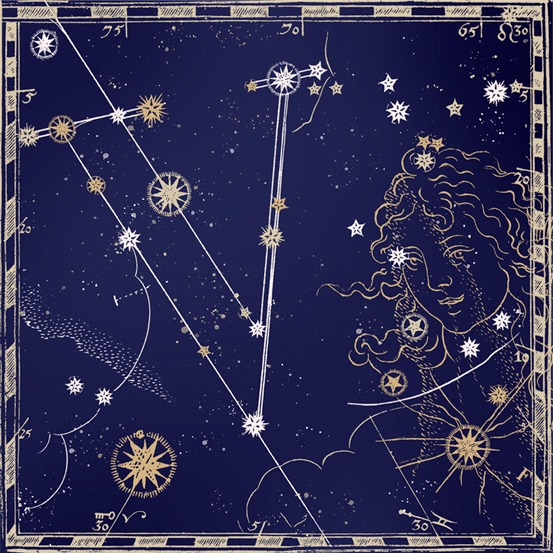
Relacionados
.jpg)
.jpg)
